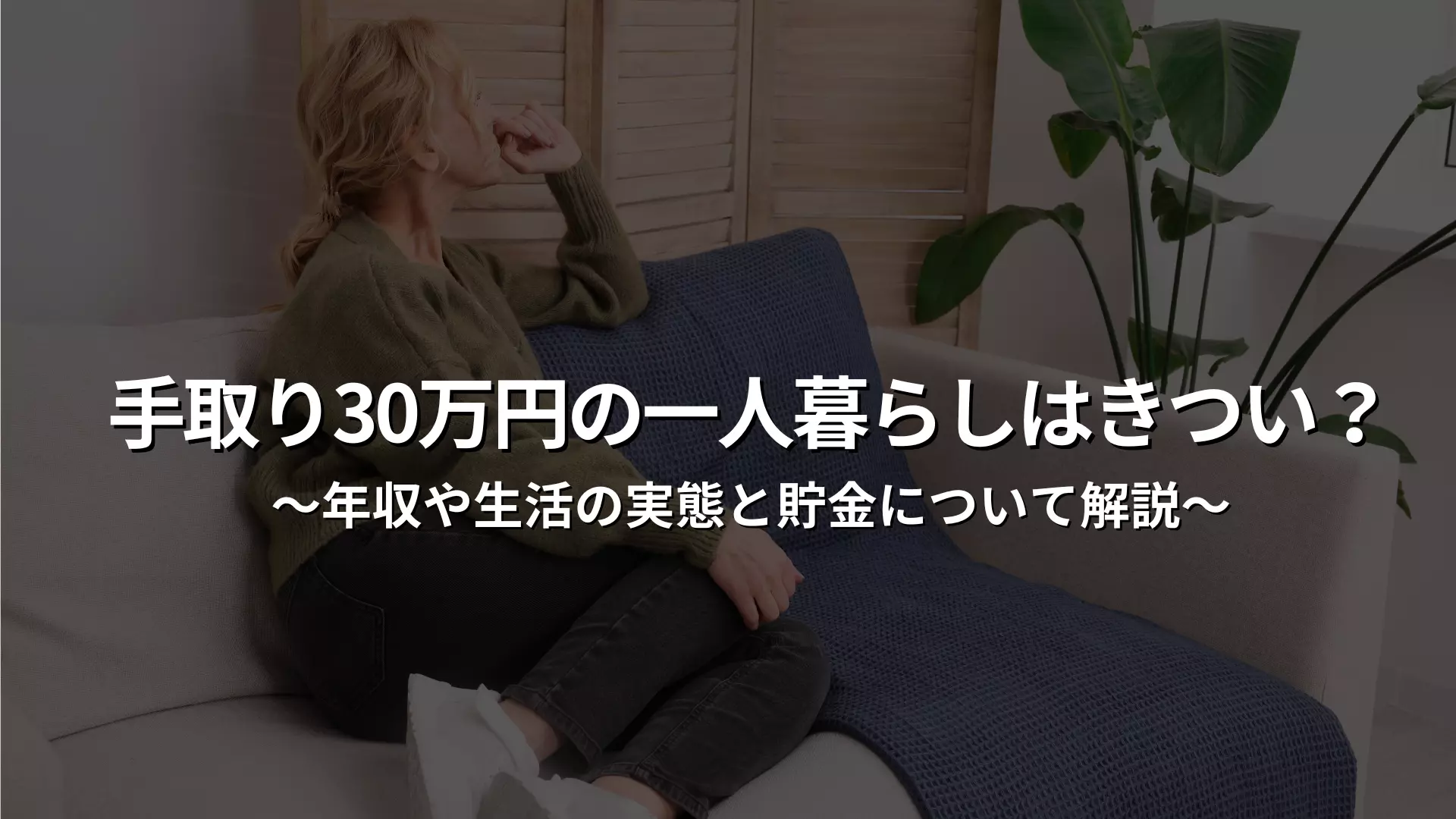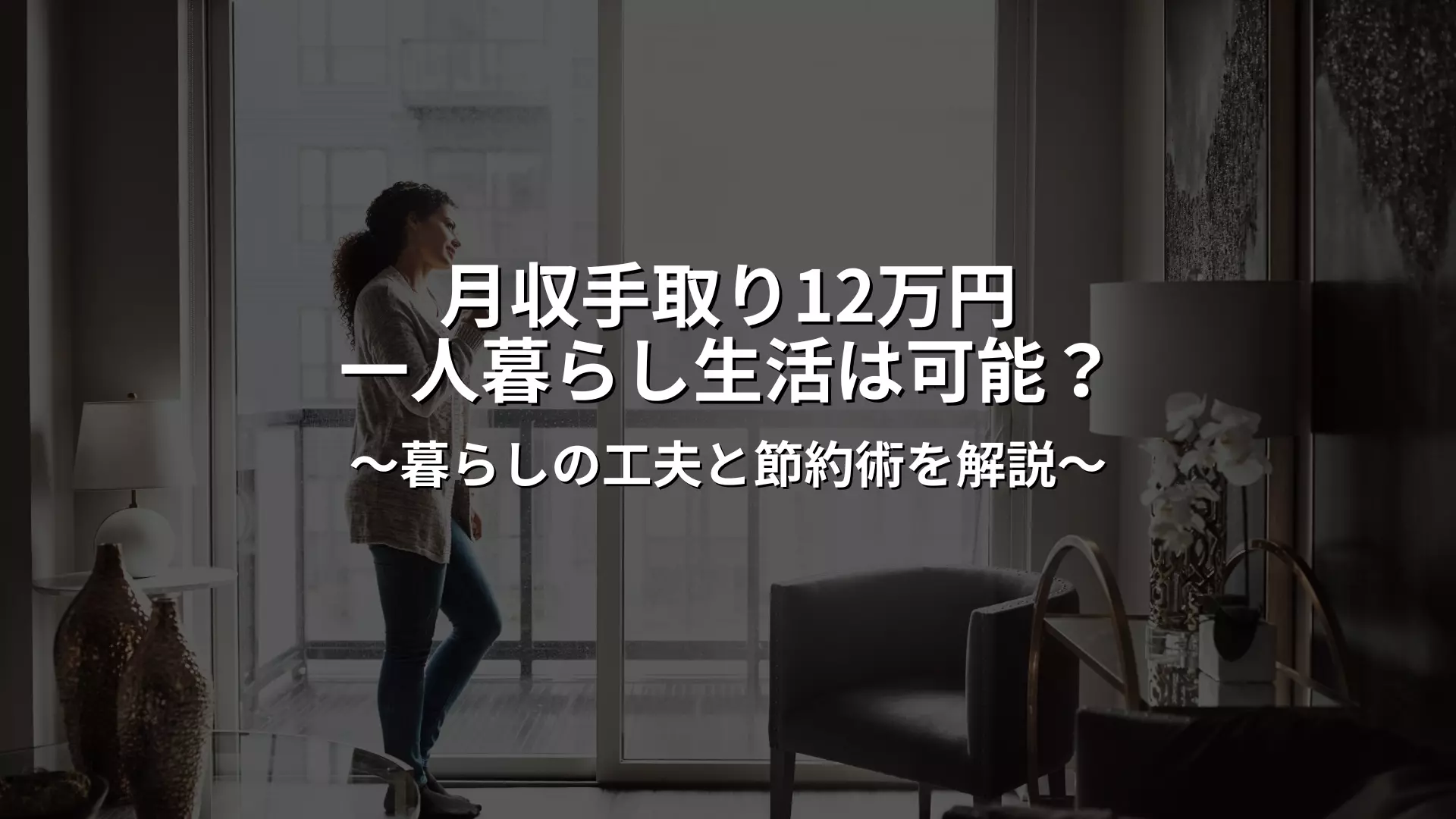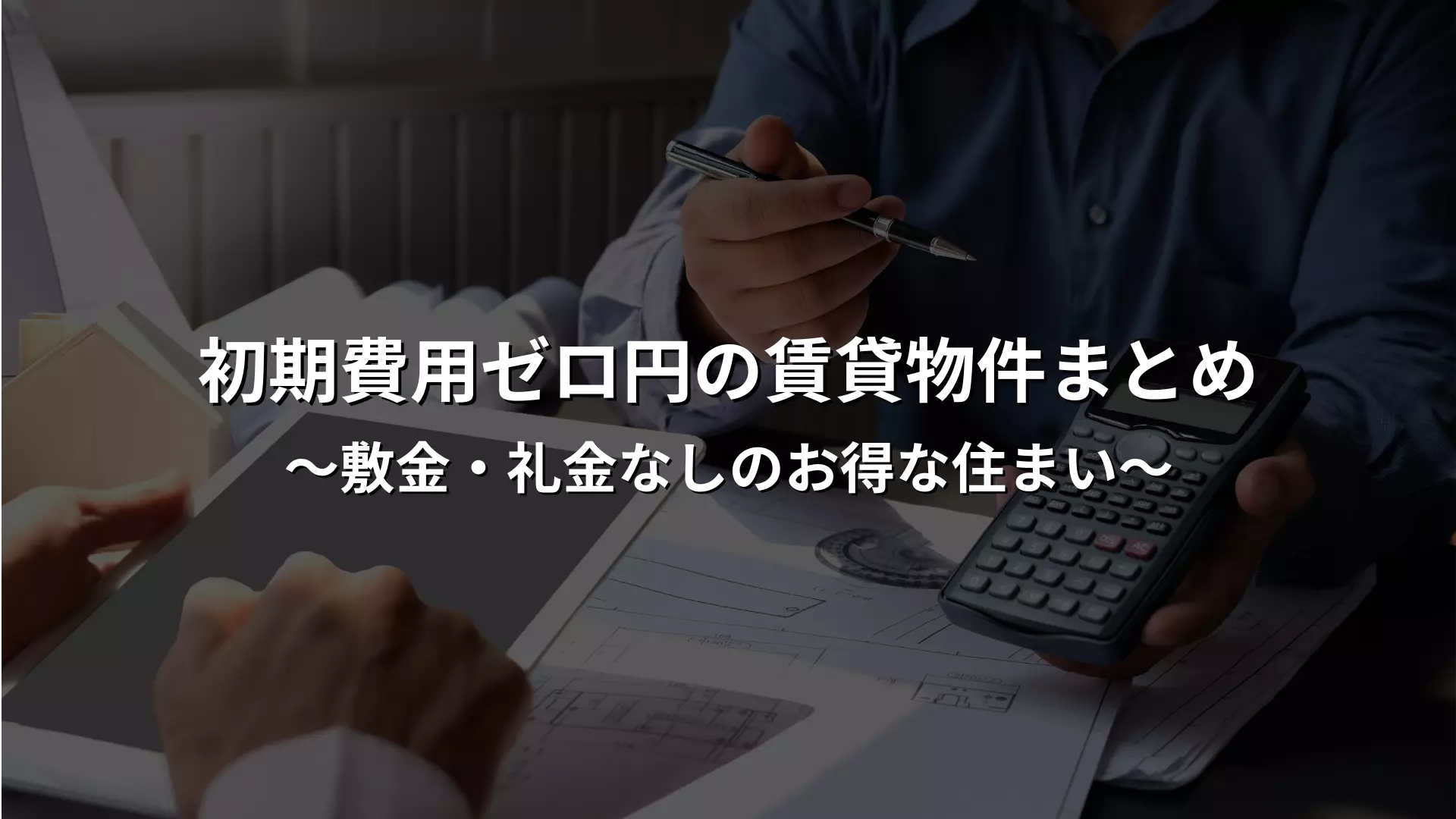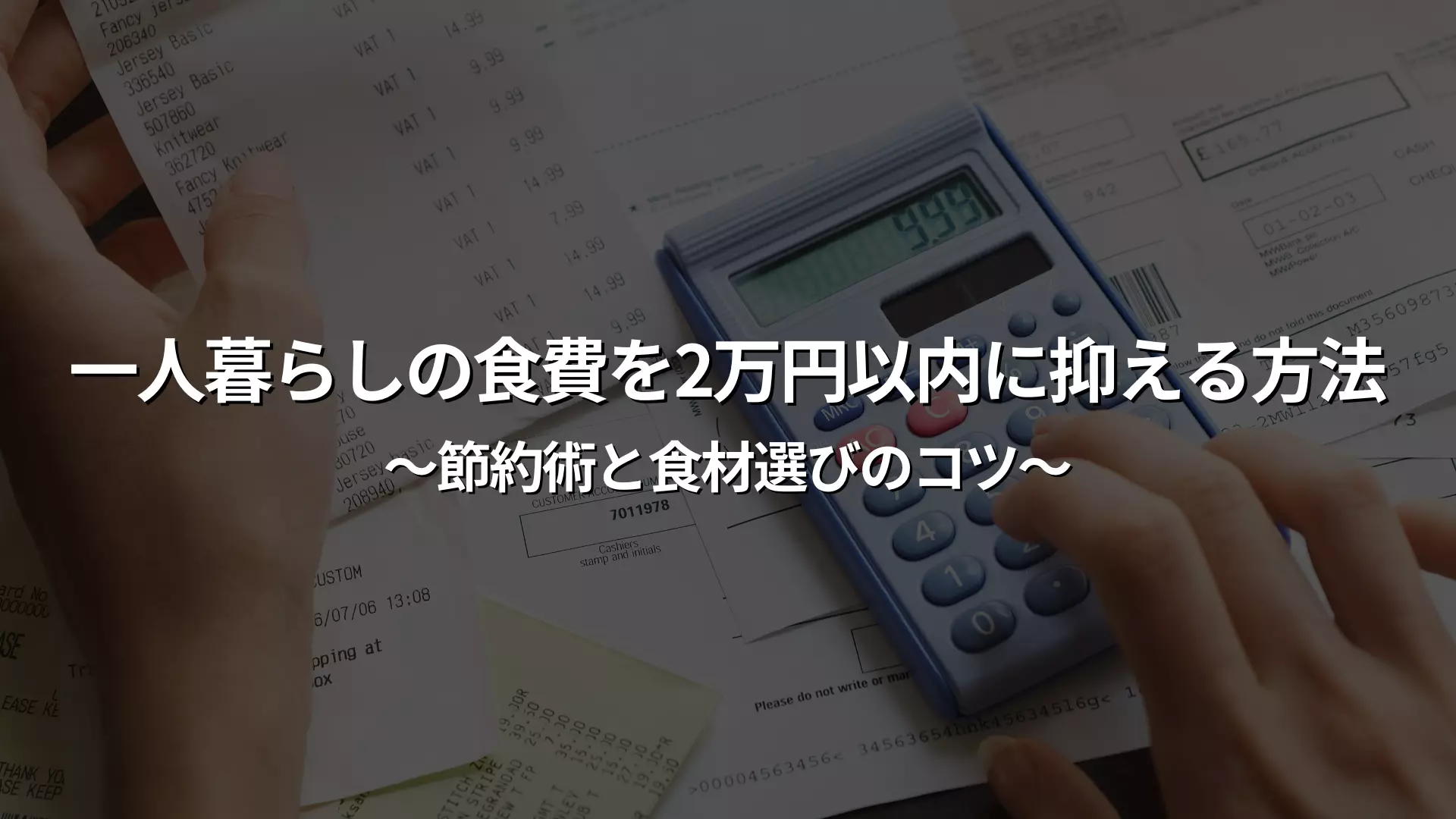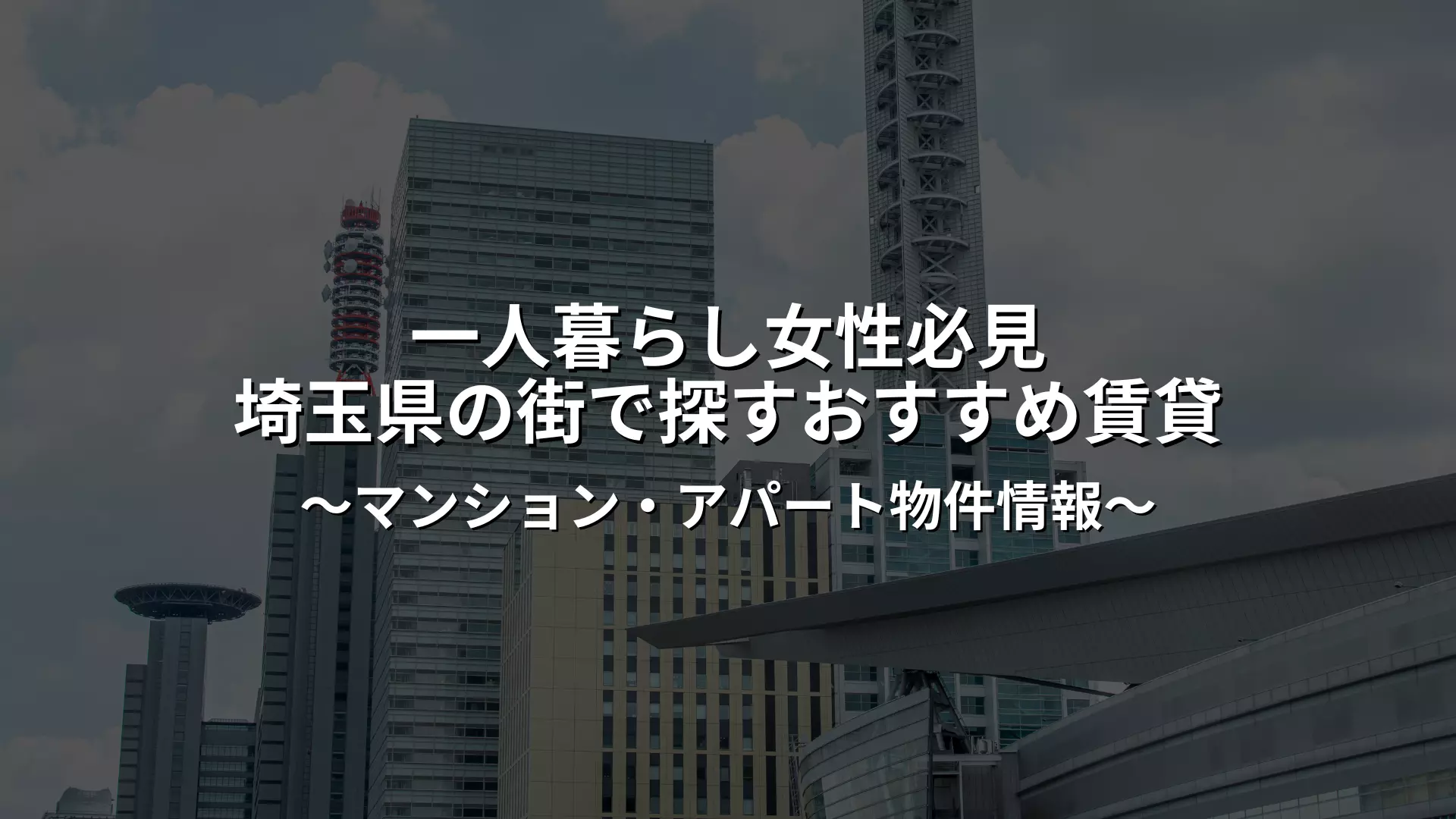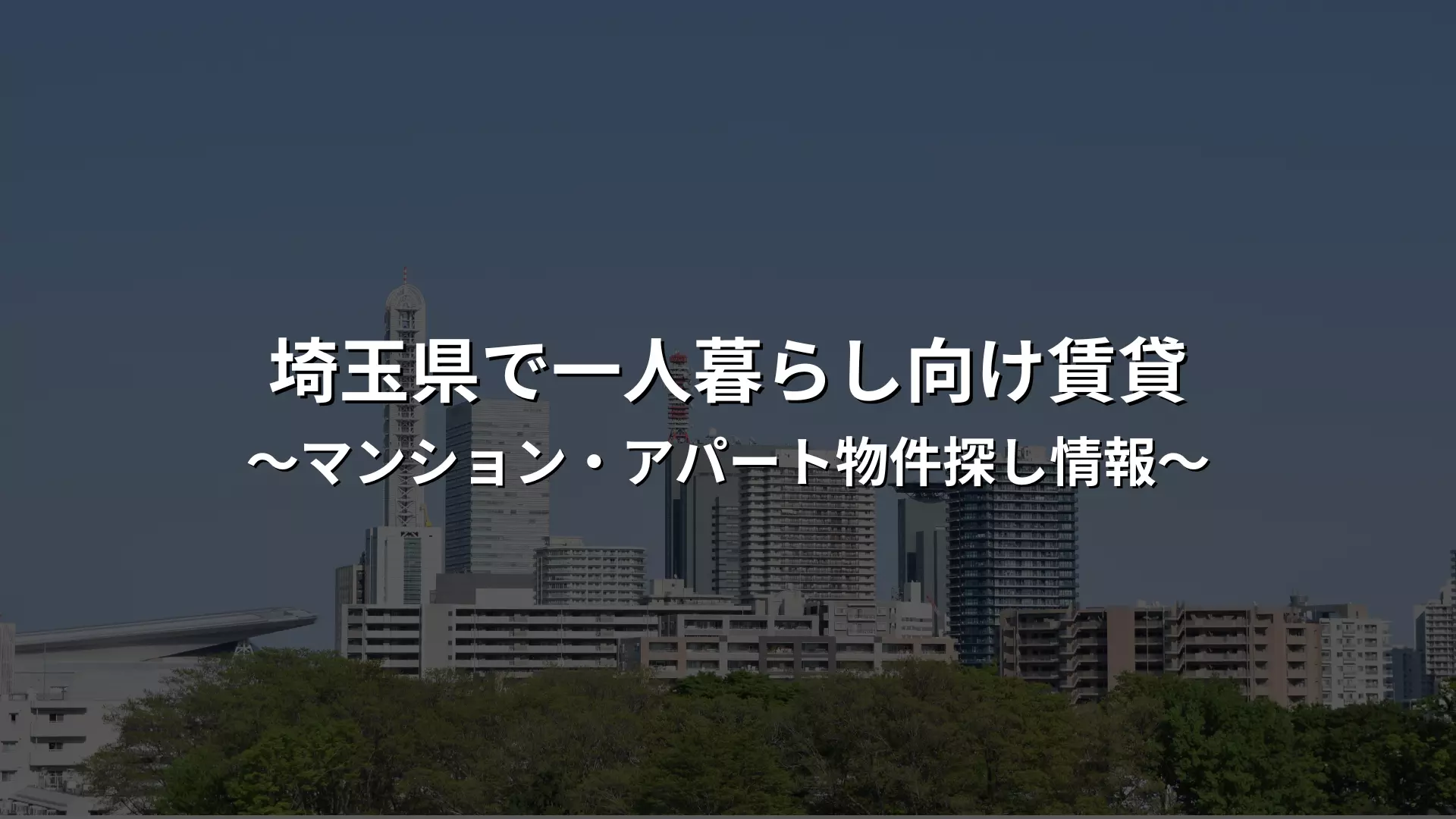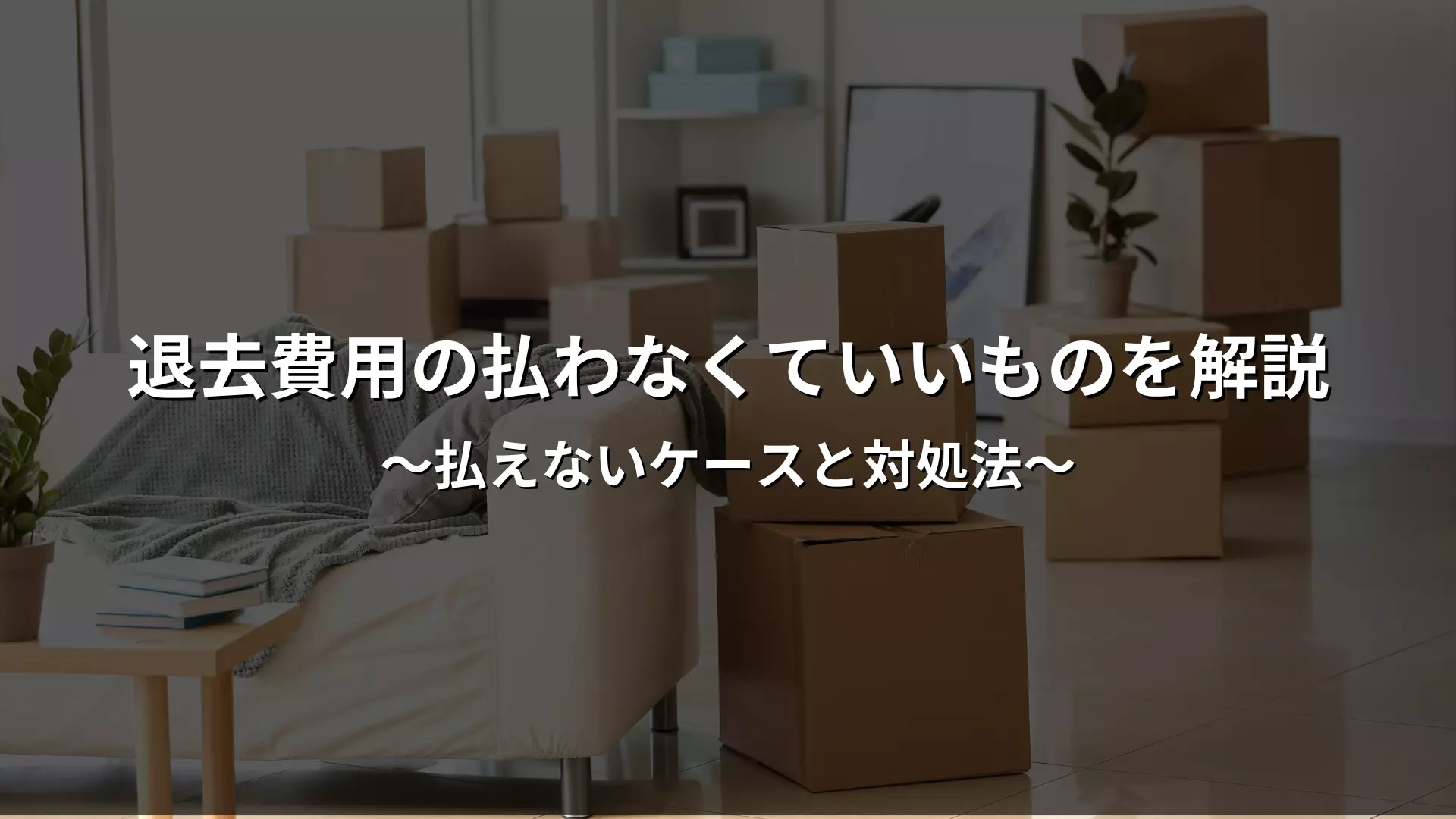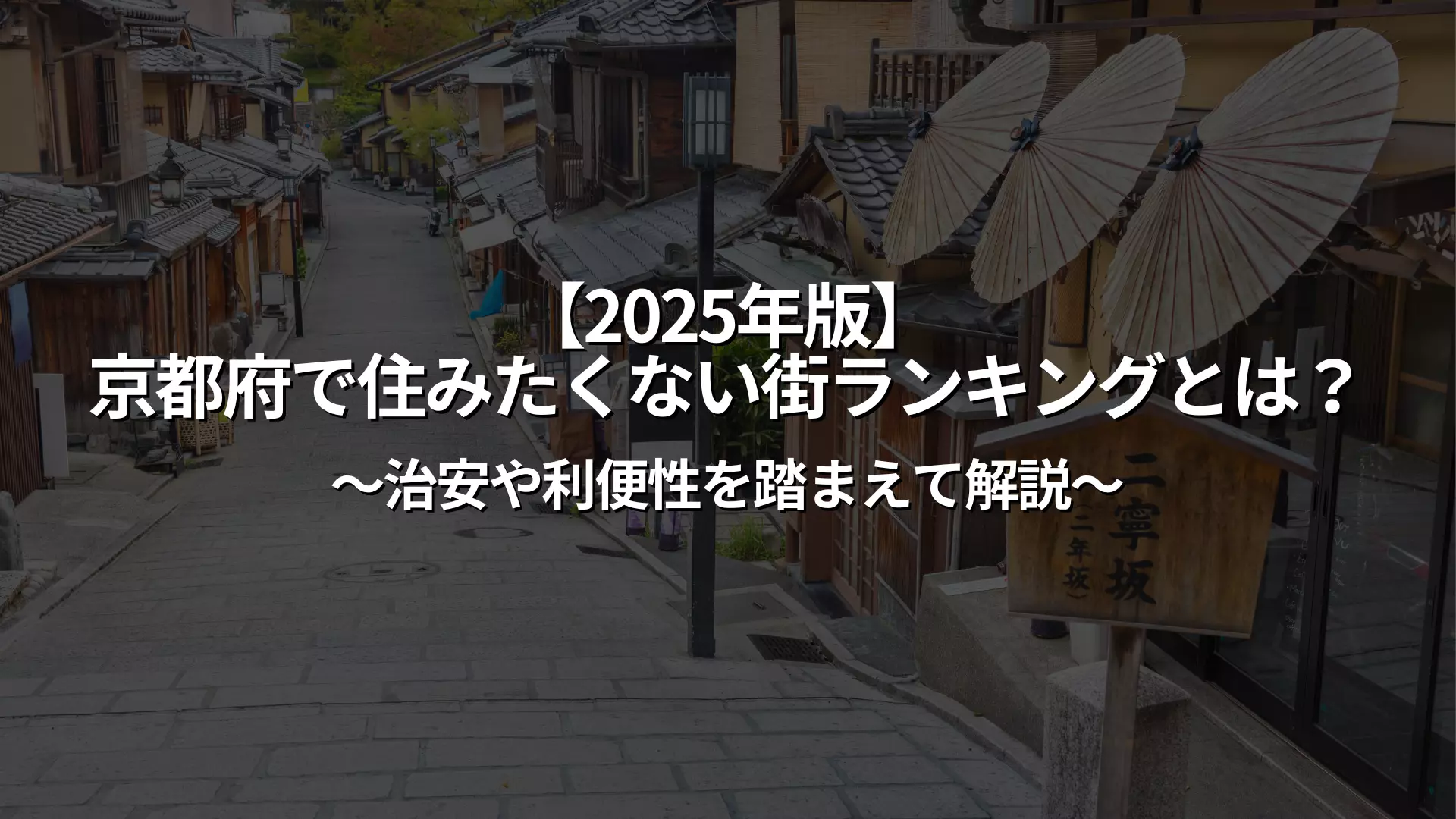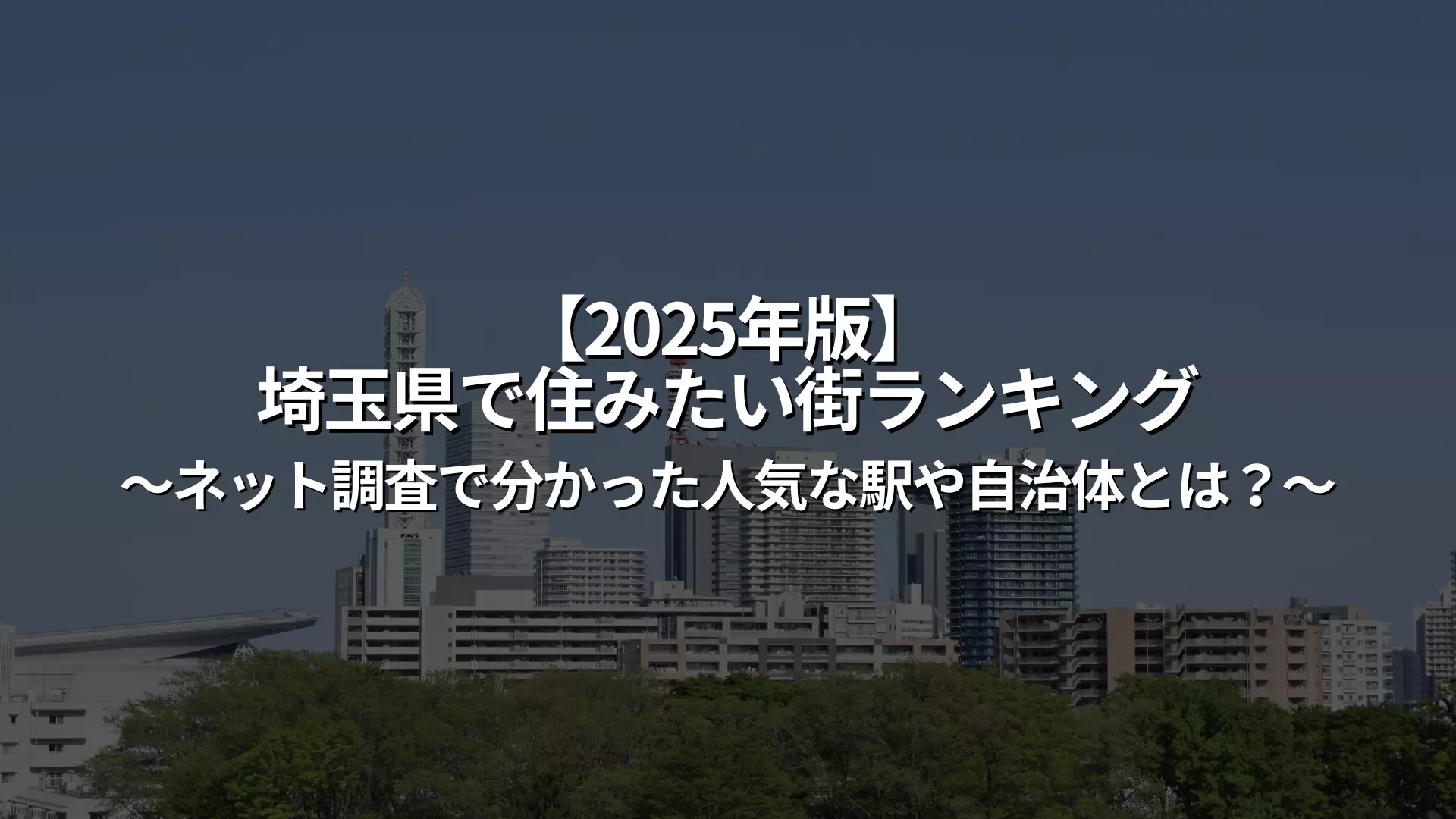What is a take-home pay of 300,000 yen? Check the annual income, face value, and tax
"300,000 yen take-home pay" may seem like a high income at first glance, but in reality, it does not mean you have that much of a standard of living. 300,000 yen take-home pay is the amount after taxes and social insurance premiums are deducted. The general guideline is that the monthly gross salary is about 380,000 to 390,000 yen, and the annual salary is about 4.5 million yen.
This income bracket is often seen among people in their 30s who are approaching the middle ranks of company employees, and many of them plan their lives on the assumption that they will have a family. However, due to the heavy burden of taxes and insurance premiums, some people say that their actual disposable income is less than they expected.
From here, we will take a closer look at the income structure of a take-home pay of 300,000 yen.
What is the gross amount and annual income of a take-home pay of 300,000 yen?
If you earn 300,000 yen a month after tax, your gross salary (total payment) would be approximately 380,000 to 390,000 yen per month.
If you work for a company that offers bonuses, your annual salary will likely be around 4.5 million to 4.8 million yen. On the other hand, if you don't have a bonus, you can expect your annual salary to be around 4.2 million to 4.3 million yen.
This income is ranked in the "middle-upper" range in the annual income rankings for Japan as a whole. Although it is a little higher than average, depending on your lifestyle and place of residence, you may feel that you "cannot afford it" or that it is "just barely enough to live alone." It is important to consider other factors to see how much of a lifestyle you can support with a take-home pay of 300,000 yen.
Breakdown of taxes and social insurance deducted before your monthly take-home pay
If your monthly income is approximately 380,000 to 390,000 yen, various taxes and social insurance premiums such as income tax, resident tax, health insurance, employee pension insurance, and employment insurance will be deducted from that amount.
For example, if your monthly income is 390,000 yen, then 80,000 to 90,000 yen will be deducted, resulting in a take-home pay of around 300,000 yen. In particular, the proportion of employees' pension insurance and health insurance premiums is large, and it is not uncommon for them to account for more than half of the total.
In addition, the amount of resident tax varies depending on whether you have dependents and the local government, so even if the amount is the same, your take-home pay will vary. Understanding the breakdown of taxes and social insurance premiums is important in order to accurately grasp your monthly take-home pay, review your fixed expenses, and make savings plans.
How does it compare to people of the same age and circumstances?
If you are in your 30s and earn 300,000 yen a month, it is often considered to be "slightly high income" compared to the general public. According to statistics from the National Tax Agency, the average annual income of people in their late 30s is said to be about 4.5 million to 4.8 million yen, and a take-home pay of 300,000 yen is close to that level.
However, quality of life is not simply determined by the amount of take-home pay. The difficulty of living in urban areas, where rent, commuting, and social expenses are high, differs greatly from that in rural areas, where prices are low.
Also, even if you have the same income, the difference between "people who can save money" and "people who are tight on money every month" is in expense management. When comparing yourself to others, it is important to review not only your income but also your lifestyle and fixed expenses.
Is it actually tough living alone on a monthly salary of 300,000 yen?
Many people wonder, "Why is it so hard to live alone even if I have a take-home pay of 300,000 yen?"
In fact, while monthly income is slightly higher than average, an increasing number of people feel that they "have less leeway than they thought" due to rising prices, rising rents, and rising fixed costs. In particular, in urban areas, there are many cases where rent exceeds 100,000 yen, and fixed costs tend to account for a large proportion of overall expenditures.
In addition, living expenses such as food, utilities, and communication fees can become significant, leading to feelings of "I can't save money" and "I can't spend money on travel or hobbies." Here, we'll take a closer look at the breakdown of specific expenses, differences depending on place of residence, and whether a comfortable lifestyle is possible.
Average monthly expenditures (rent, food, utilities, etc.)
The typical breakdown of monthly expenses for a single person with a monthly take-home pay of 300,000 yen is as follows:
- Rent: One-third of your income is considered a guideline, with the average being around 90,000 to 100,000 yen.
- Food expenses: Even if you mostly cook at home, it will be around 30,000 yen, but if you eat out a lot it can exceed 50,000 yen.
- Utility bills: Varies depending on the season, but average around 10,000 to 15,000 yen per month.
- Communication costs: 7,000 to 10,000 yen (smartphone/internet)
- Daily necessities expenses: Approximately 5,000 yen.
- Other: This includes entertainment expenses, hobbies, beauty expenses, etc.
- Total: 270,000 to 290,000 yen
As a result, you may feel like you can't save money or are constantly being chased by expenses. In order to balance your household finances, it is essential to review your fixed and variable expenses.
Differences in difficulty of living in urban areas vs. rural areas
Even if the take-home pay is the same, 300,000 yen, the difficulty of living in urban and rural areas differs greatly.
- Urban areas
Rent is high in urban areas such as central Tokyo, Osaka, and Nagoya, with even a one-room apartment costing around 80,000 to 120,000 yen per month. Transportation and eating out expenses also tend to be high.
- Region
Even with the same floor plan, rent can be kept to around 50,000 to 70,000 yen, which tends to significantly reduce overall living expenses. Also, while gasoline and maintenance costs are incurred in rural areas where it is necessary to own a car, in urban areas where the use of public transportation is the norm, these expenses are reduced.
Your spending balance will change depending on where you live, so it's important to choose an area that suits your lifestyle.
Is it possible to live a relaxed life? Here are some examples
There are people who are able to live a comfortable life on a monthly salary of 300,000 yen.
- A man in his 30s living in a rural area
I live in a new apartment with a rent of 50,000 yen, and by cooking for myself I keep my food expenses to 25,000 yen a month. I also save on utility bills and communication costs, and manage to save more than 50,000 yen a month.
- Women living in Tokyo
I find it difficult to save money because my rent is over 100,000 yen and I spend more than 50,000 yen each month on eating out and beauty treatments.
In this way, even if you have the same income, whether you feel it is "tight" or "comfortable" can vary greatly depending on your lifestyle and priorities. If you manage your spending appropriately, it is perfectly possible to live comfortably on your own with a take-home pay of 300,000 yen.
Search for a room
Only furnished properties with appliances are listed!
Common causes of difficulties living alone and how to deal with them
There are common reasons why people feel that living alone is "difficult" even if their take-home pay is 300,000 yen.
The main ones are as follows.
- Fixed costs such as rent and insurance
- Poor management of variable expenses such as food and entertainment
- Sudden expenses
- Poor household management
Especially in recent years, due to the effects of rising prices, the line at which people feel that it is "tight" has been lowered. If you ignore these causes and leave them unattended, you will fall into a vicious cycle of not having enough money every month and not being able to save any money at all.
Here, we will take a detailed look at some common spending pitfalls when living alone and provide specific steps to improve each item.
High fixed costs (rent, insurance, communication fees)
Fixed expenses are the biggest strain on household finances when living alone. Among them, rent is the largest expense, and it is generally best to keep it within one-third of your take-home pay (around 100,000 yen).
However, in urban areas, there are many properties that exceed this line, and as a result, there are cases where people end up being "rent poor." In addition, excessive insurance coverage and high smartphone and internet bills cannot be overlooked.
Fixed expenses are expenses that you incur every month, so just reviewing them once can bring about significant savings. It is important to review your fixed expenses regularly, such as compromising on the area or age of the building to lower your rent, switching to a low-cost SIM card for communication fees, and limiting your insurance coverage to the bare minimum.
Variable expenses (food, entertainment, and leisure) are not understood
Variable expenses are often the ones where you don't know how much you're spending. Food, social expenses, and entertainment expenses fluctuate from month to month, and are items that tend to increase unconsciously. In particular, if you eat out a lot, or spend more money on drinking parties, activities for your favorite idols, and hobbies, you're likely to suddenly go into the red.
The important thing is to "consciously manage your spending" by deciding your monthly budget in advance and adjusting it if you spend too much. I recommend using a household accounting app, which allows you to visualize your spending, even if only roughly. By setting your own rules, such as "food expenses this month will be under 30,000 yen" or "social expenses will be limited to once a month," you can reduce wasteful spending.
There are a lot of unexpected expenses
One of the main reasons people feel "tough" is unexpected expenses.
For example, if you have to pay unexpected bills such as broken home appliances, weddings, funerals, or medical expenses due to illness, your planned budget can fall apart in an instant. Especially if you live alone, you have fewer people to rely on, so it is important to be prepared for emergencies.
One effective way to deal with this is to save up for "living security expenses." If you save 10,000 to 20,000 yen a month in a separate account as a contingency fund, you will feel more stable even if you have to make unexpected expenditures. Another way to feel more secure is to have the minimum necessary medical insurance.
Anticipate future risks and try to plan your household finances with some leeway on a daily basis.
Not managing spending (cards, subscriptions, etc.)
Excessive credit card spending and signing up for too many subscriptions are also major reasons why people feel that living alone is "tough." When paying by card, the payment is due the following month or later, so it is easy to have the illusion that you are "not spending money."
Also, subscription services such as for videos, music, and gyms may have small monthly fees, but they can add up to 10,000 to 20,000 yen.
As a countermeasure, it is important to regularly review all contracts, just as you would with fixed expenses. Limit credit cards to "living expenses only" and visualize your expenses with an expense management app. Cancel unnecessary subscriptions immediately and clearly define "money spent" and "money not spent." This is the first step to a healthy household budget.
Money saving tips to make life easier on a monthly salary of 300,000 yen
At first glance, a take-home pay of 300,000 yen may seem like a sufficient amount, but if you mismanage your spending, you will soon feel like it's too tight. By reducing unnecessary expenses and saving wisely, it is possible to create a surplus of several tens of thousands of yen per month.
Here, we will introduce some particularly effective money-saving techniques divided into four categories. Just by reviewing your fixed expenses such as rent, food, utilities, communication, and entertainment costs, you can significantly reduce your monthly expenses and make your life much easier. The key to saving money is not patience, but "systematization." Let's take a look at some specific techniques for visualizing and optimizing your spending.
Tips for keeping rent low (area to live, floor plan, negotiation techniques)
Rent makes up the largest portion of expenses for people living alone, so simply reducing this amount can greatly improve your household finances.
First of all, it is effective to reconsider the area you live in. If you look at the starting point of a train or a suburb a little further away, rather than focusing on the city center or near a station, you may be able to reduce the rent by 10,000 to 30,000 yen. You can also broaden your options by compromising on the age of the building or the number of floors. In addition, don't forget to negotiate free rent properties (such as one month free rent) and initial costs.
During the off-season (summer and end of the year) outside of moving season, negotiations are easier and it's a chance to find a good property at a low price.
Ideas for saving on food costs (cooking at home and shopping techniques)
Food costs are a savings point that can make a difference of tens of thousands of yen a month depending on how you use it. If you eat out a lot, 1,000 yen per meal for 30 days can add up to more than 30,000 yen a month, but if you switch to cooking at home, you can cut the cost in half.
We especially recommend cooking in bulk on the weekends using "prepared meals" and "frozen stocks." This will save you time and effort. When shopping, be sure to buy in bulk once a week and keep a shopping list in mind, and you'll be able to cut down on unnecessary spending. Take advantage of sale days and make good use of long-lasting ingredients such as rice, frozen vegetables, and canned goods. Cashless payments also help you save on food costs by earning points.
How to review your utility and communication costs
Utility bills and communication costs are also expenditure items that are highly effective when reviewed.
First of all, you can save thousands to tens of thousands of yen a year on utility bills by making small everyday changes such as using your air conditioner more efficiently, switching to LED lighting, setting hot water temperatures, etc. It is especially important to use heating efficiently in the winter and cooling efficiently in the summer.
In terms of communication costs, switching from a major carrier to a low-cost SIM can save you more than 5,000 yen per month. If you also review your Wi-Fi, you can expect to save nearly 10,000 yen in total. In addition, don't forget to review any subscriptions or video streaming services you have. Regularly check to see if you're paying for things you're not using.
How to balance entertainment, beauty, and hobby expenses
Entertainment, beauty, and hobby expenses are necessary expenses that serve as "investments in yourself," but they are items that tend to balloon if left unattended.
The key to saving money is to be sensible. Set a monthly limit on entertainment expenses and limit your drinking parties to those you really want to attend, which will increase your satisfaction. You can cut costs on beauty expenses by using a salon that only does haircuts or by incorporating self-care into your routine. Similarly, it's easier to manage your hobby expenses if you set a budget in advance, setting a limit of how much you'll spend per month.
The trick to a long-term frugal lifestyle is not to eliminate all your enjoyment, but to determine the limits of what you can enjoy without straining yourself.
Search for a room
Only furnished properties with appliances are listed!
This is what makes people who can save money different! How to save money with a monthly salary of 300,000 yen
One might think that if you have a monthly take-home pay of 300,000 yen, you should be able to save money with ease, but the reality is that many people are unable to save anything at all.
The difference between people who can save money and those who can't is not the amount of income, but how they manage their money. The key is to set up a system, such as prioritizing spending and setting aside savings first before allocating living expenses, or using a household account book to visualize spending.
Here are three practical savings tips that anyone can start using.

Create "unspent money" through advance savings and automatic savings
For those who earn 300,000 yen a month, "advance savings" is an effective way to ensure that they can increase their savings. By setting up your account to automatically transfer your savings to a separate account when your salary is deposited, you can create a system where you can "live off the remaining money."
For example, if you automatically save 30,000 yen every month, you can save 360,000 yen in a year. If you try to save manually, you will tend to give in to temptation and spend it, but if you automate it, the money will be saved naturally as if it had never existed. It is convenient to use fixed-term savings accounts and sub-accounts at online banks. By "setting aside money first" instead of "saving when you have it left over," you can continue saving without difficulty.
Prevent wasteful spending by separating your wallets and accounts
People who are good at managing their money use separate wallets and accounts for different purposes.
For example, some people practice this way.
- Set aside money for different purposes, such as for living expenses, savings, and entertainment/social expenses.
- Those who use cash can keep their money in envelopes on a weekly basis, while those who use cards can prevent overspending by using separate bank accounts.
- A clear distinction is needed because credit cards and cashless payments tend to make you feel like you've spent less money.
In order to control the flow of money, it is effective to manage your wallet and account with an emphasis on visibility and physical separation.
Use a household account book and app to visualize your spending
Many people who are not good at saving money are in a state where they "don't know what they are spending their money on." In that case, it is effective to use a household account book or a household management app. By recording your expenses every month, you can clearly see "items you are spending too much on" and "expenses that can be improved."
Nowadays, there are apps that can automatically classify receipts by simply taking a photo of them, and apps that automatically input data by linking with banks and credit cards, making it easy for even lazy people to keep using them.
Increased income is also on the horizon! Options for living comfortably on your own with a take-home pay of 300,000 yen
There is a limit to how much you can save. If you feel like you can't cut back any more, the next thing you should think about is increasing your income.
A take-home pay of 300,000 yen is by no means a low amount, but when you consider high rent and living costs in urban areas, as well as rising prices, many people would probably feel like they would like a little more leeway.
Just earning an extra 20,000 to 30,000 yen from a side job will make your household finances much easier, and increasing your annual income by improving your skills or changing jobs is also a realistic method.
In this chapter, we will introduce specific options and support systems for increasing your take-home pay, and provide you with tips to fundamentally improve the comfort of living alone.
How to increase your income by improving your skills and changing jobs
If you want to fundamentally increase your income, improving your skills or changing jobs is the most effective way to do so.
In particular, in the IT/Web industry, sales jobs, and specialized jobs, there are cases where you can aim for an increase in annual income even if you have no experience. If there is little prospect of a raise in your current workplace, it is realistic to consider changing jobs.
Recently, there has been an increase in companies that accept people with no experience and offer reskilling support, making it no longer a dream to increase your annual salary by 500,000 to 1,000,000 yen.
First, we recommend checking "what kind of annual income you can aim for with your current skills" on a job-changing website or through a career assessment. Planning your career with an awareness of your future income growth will lead to a stable life and peace of mind.
Tips for earning an extra 20,000 to 30,000 yen per month with a side job
A side job is a great way to fill the gap in your income if you live alone. If you can earn 20,000 to 30,000 yen a month, the burden on your household finances will be significantly lighter.
The options are wide-ranging, including crowdsourcing writing and design, video editing, data entry, food delivery (which you can start without any skills), using point sites, and selling handmade items.
The important thing is to be able to continue without straining yourself. The key to success is to use 30 minutes to an hour a day to continue steadily. A side job is also very effective as a way to diversify risk and not rely on one source of income. Start small.
Utilizing career change support services and qualification acquisition systems
When you are looking to change jobs or improve your skills, taking advantage of support services and learning systems is the shortcut to success. By using Hello Work or a job-hunting agency, you can receive free career consultations, document editing, and even interview preparation.
In addition, if you utilize the national system, you can receive partial subsidies for tuition fees through "vocational training" or "educational training benefits" if you meet certain conditions. When it comes to obtaining qualifications, it is recommended to choose ones that are advantageous for finding a job or changing jobs, such as real estate, bookkeeping, and IT passport. In particular, correspondence courses and online schools can be taken while working, so even those living alone can take on the challenge without difficulty.
Search for a room
Only furnished properties with appliances are listed!
Simulation example of a single person's household budget with a take-home pay of 300,000 yen
Even if you have a take-home pay of 300,000 yen, many people feel that they have less leeway than they thought, but if you manage your household finances properly, it is possible to save more than 50,000 yen a month.
The important thing is to know what budget suits your lifestyle.
Here we will introduce two patterns: "The stoic type who saves 100,000 yen every month" and "The frugal type who lives in the countryside and owns a car." Although spending varies greatly depending on lifestyle and values, what they have in common is "the ability to control spending." Find a household balance that suits you and aim to live comfortably on your own even with a take-home pay of 300,000 yen.
Simulation of saving 100,000 yen per month
If you aim to save 100,000 yen per month with a monthly take-home pay of 300,000 yen, you need to keep your living expenses under 200,000 yen. Below is an example.
- Rent: 70,000 yen (suburban 1K, new property)
- Food expenses: 25,000 yen (mostly home-cooked meals + eating out once a week)
- Utility bills: 10,000 yen (subject to seasonal fluctuations)
- Communication fee: 8,000 yen (cheap SIM + Wi-Fi)
- Daily necessities: 5,000 yen
- Entertainment expenses/hobbies: 20,000 yen
- Insurance: 5,000 yen (minimum medical insurance)
- Miscellaneous expenses: 20,000 yen
In this way, by keeping fixed expenses low and consciously controlling variable expenses, it is possible to save 100,000 yen per month without difficulty. The key is to "automate advance savings" and "visualize spending." By incorporating ways to save money while having fun, you can continue for a long time.
Example of a household living in a rural area, owning a car, and being very conscious about saving
Even if you live in a rural area and own a car, you can live comfortably on a monthly salary of 300,000 yen if you are conscious of saving money. Below is an example of a simulation.
- Rent: 55,000 yen (2DK apartment in a regional city)
- Food expenses: 20,000 yen (mainly home-cooked meals + prepared food)
- Utility bills: 12,000 yen
- Communication fee: 7,000 yen (cheap smartphone + pocket Wi-Fi)
- Car-related (gasoline, insurance, maintenance): 25,000 yen
- Insurance: 5,000 yen (automobile + medical)
- Entertainment expenses/hobbies: 15,000 yen
- Miscellaneous expenses: 15,000 yen
- Savings: 60,000 yen
Rents are cheaper in rural areas, and there are properties with parking spaces, so even if you own a car, it is easier to keep costs down than in Tokyo. The key is to make steady efforts such as "buying in bulk," "saving on utility bills," and "canceling subscriptions." It is an ideal lifestyle that allows you to keep living costs down while still having the convenience of a car.
summary
It is by no means impossible to live alone on a monthly salary of 300,000 yen, but it is true that many people feel that they "don't have enough money" or "can't save money."
On the other hand, if you keep a good grasp of your expenses and control your household finances, it is entirely possible to live comfortably without sacrificing your quality of life.
First, take a look at your current situation and start by reviewing your fixed and variable costs. If you still feel like you're struggling to make ends meet, consider looking at where you live and increasing your income by taking on a side job or changing jobs. By finding a balance between saving and earning money, you can achieve a "comfortable life on your own" even with a take-home pay of 300,000 yen. Find a lifestyle that suits you and spend your money wisely.

